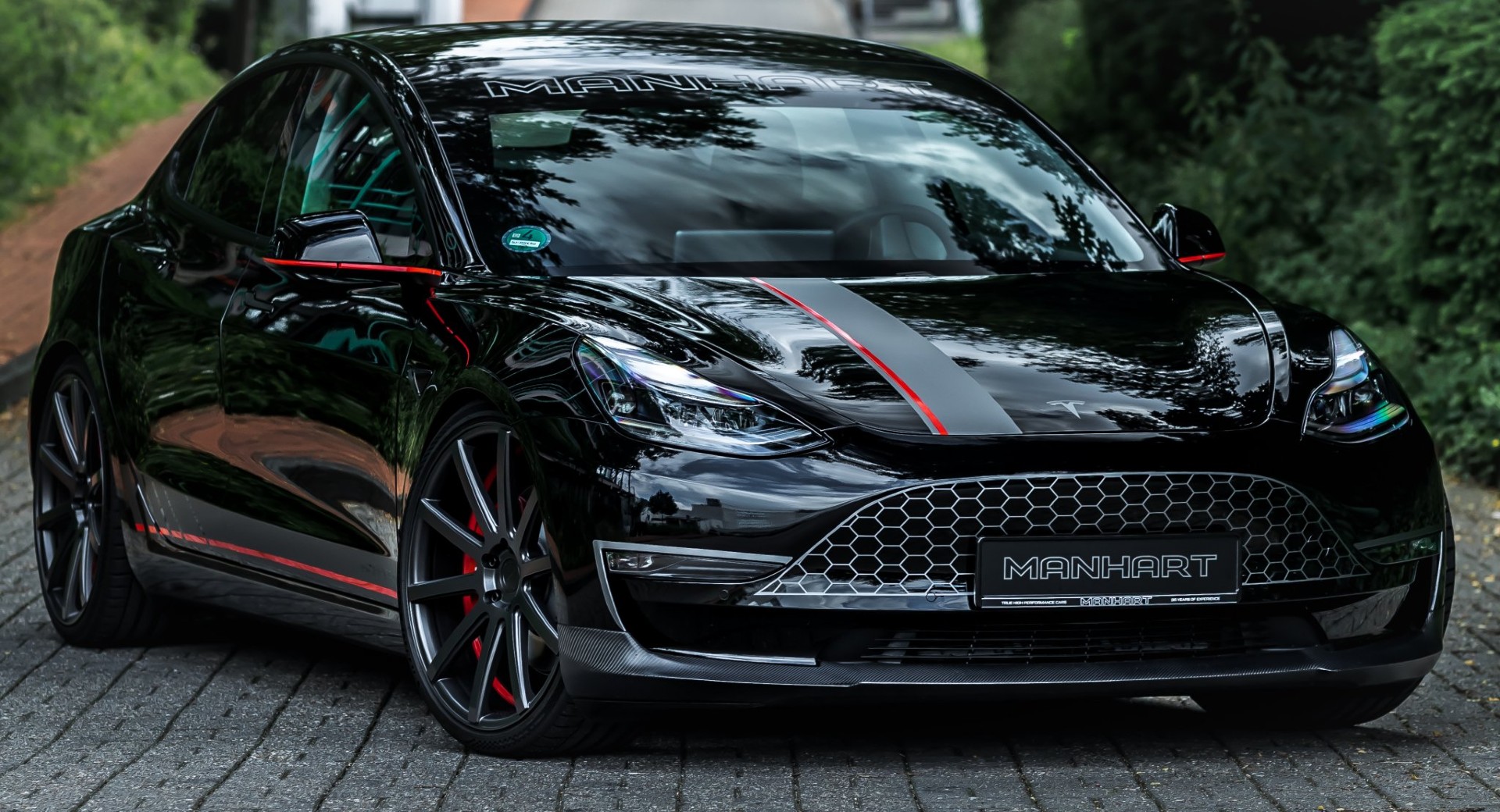I would find such observations dubious. All Tesla cars seem to have four primary limits. In order from a standing start they are torque (both overall and per motor), power (overall motor, battery, inverter and per motor), back EMF (motor engineering) limits and top speed. Secondary limits like thermal and traction do not usually take effect.
You can observe these limit values on the CANBus.
Certainly Tesla can dial up three of these thresholds at will. The S75D uncorking for example was simply torque and power increases.
For Back EMF they have to engineer around limits like they did with carbon wrapped windings on the plaid.
Sometimes Tesla has set the limits to market differentiate their cars, like when the model 3 first shipped with 980 motors and inverters on both the performance and non models. It was simply cheaper than having two SKUs until they got to volume.
Usually though, Tesla sets the values lower to keep warranty costs down, which is totally reasonable.
Each drive unit definitely has individual torque and power limits, but those limits may not be imposed in the DU firmware. One argument that the limits are hard coded is that the 75D uncorking required direct access from the service center and couldn’t be find over the wire like a software update.



